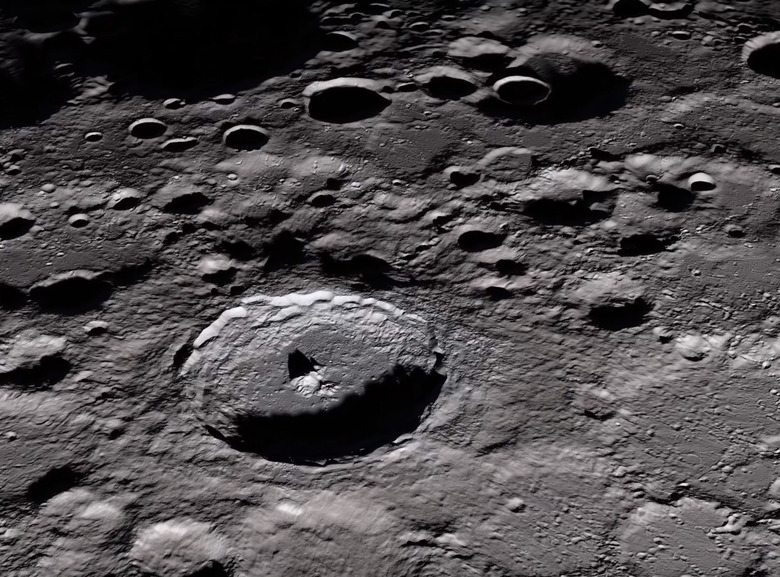Lava Tubes On The Moon And Mars Could Be Homes For Space Travelers
- Research shows that cooled lava tubes beneath the surface of the Moon and Mars could be used as temporary shelter or even locations for settlements.
- The tubes would protect humans from radiation from space as well as small impacts from objects tumbling down.
- The first crewed missions to Mars could begin within the next two decades.
With the upcoming return of humans to the surface of the Moon and plenty of chatter about a crewed mission to Mars happening within the next couple of decades, it's hard not to let you mind wander and imagine human colonies being set up on other worlds. The reality, of course, is much more complicated, and if we plan on "setting up shop" on another planet or the Moon, it probably won't be something we can easily build once we get there.
Sending a mission to the Moon is difficult on its own, but sending building supplies and equipment to construct a lunar base is, at this point, out of the question. But there may be some natural features of both the Moon and Mars that space travelers can take advantage of when searching for shelter.
Like the Earth, both the Moon and Mars have a history of volcanic activity. Lava flowed through massive tubes not far beneath the surface, and scientists have spotted the hollowed-out remains of those lava pathways from space. They're often quite large, and some even stretch to nearly 100 feet in diameter, making them perfect places for astronauts to live during short stays on these worlds.
The primary reason we'd want to set up some kind of a shelter for astronauts is to protect them from radiation from space. Here on Earth, our atmosphere and magnetic field take care of most of that, but the same isn't true on Mars or the Moon. The good news is that rock is really, really good at blocking that kind of radiation, while also protecting against small impacts. Repurposing a lava tube as a makeshift home solves those problems quickly.
A new paper published in Earth-Science Reviews examines the potential for these tubes to play a crucial role in space exploration in the near future. The scientists ultimately conclude that, if upon inspection, any given tube appears structurally sound, they could be a huge bonus and allow for temporary shelter as well as additional subterranean exploration opportunities, if desired.
"The analysis shows that aside of collapses triggered by impacts/tectonics, most of the lunar tubes could be intact, making the Moon an extraordinary target for subsurface exploration and potential settlement in the wide protected and stable environments of lava tubes," the researchers write.
It's incredibly advantageous that these tubes exist, and that, now that they've long since gone dormant, they could help speed up the process of getting humans to new worlds. It looks like Mother Nature really cut us a break with this one.
